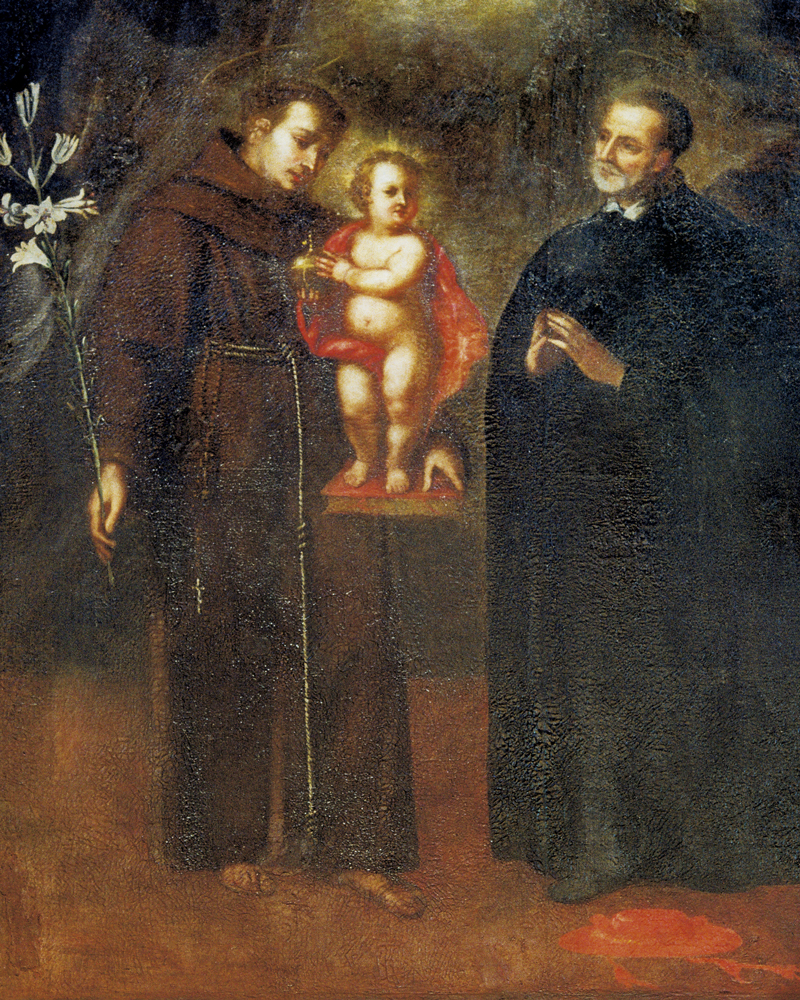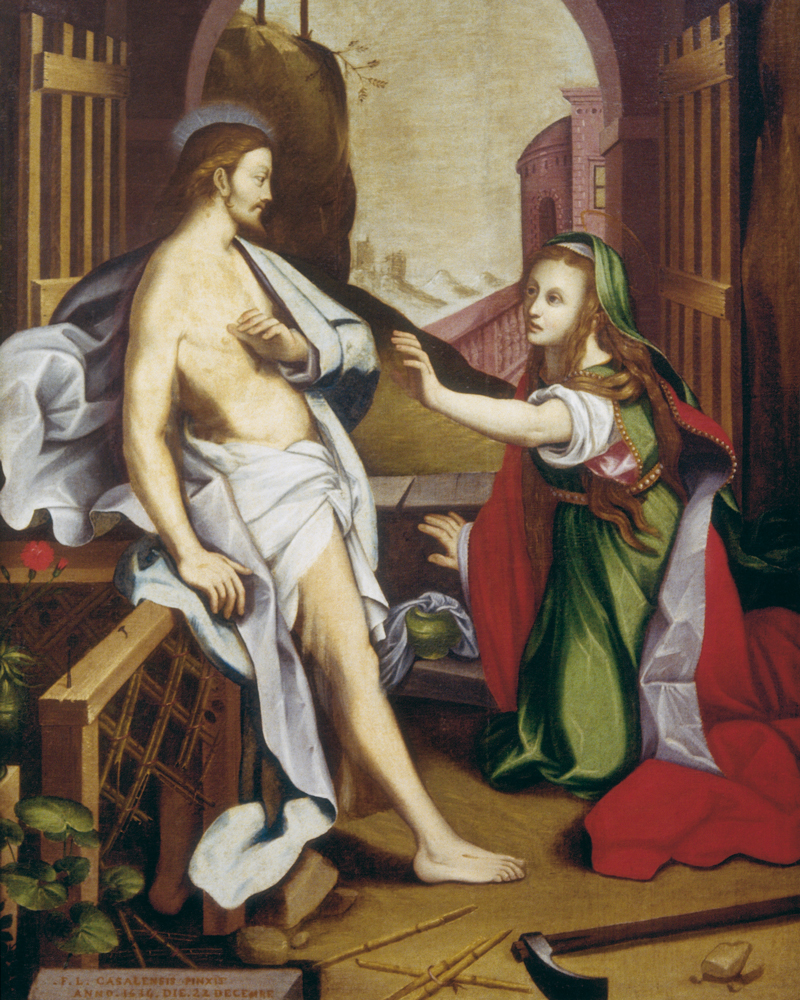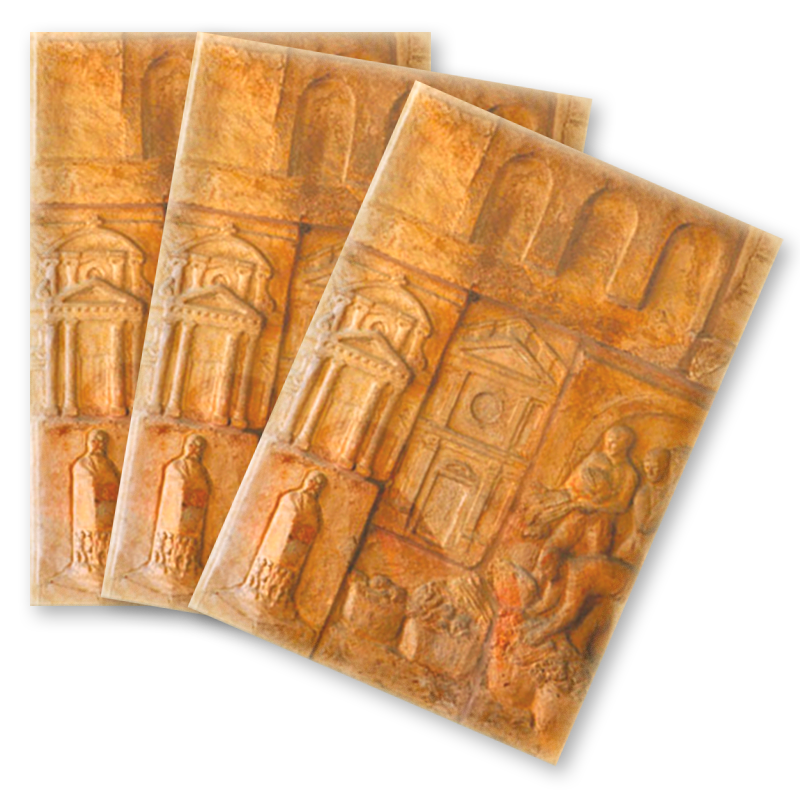CULTURE IS IMPORTANT TO US
Figli di Pinin Pero aims to shine a light on the important historical and artistic memory of its hometown of Nizza Monferrato, subsidising and assisting with the restoration of works of art and the publishing of writings of a historical nature.

The KNIGHTS OF ST. JOHN, IN LIGURIA AND IN NORTHERN ITALY
Regional Cadres, Men and Documents of the Sovereign Military Order of Malta, Delegation of Genoa and Liguria, Proceedings of the Conference of Genoa, at the Commandery of Saint John of Prè (Commenda di San Giovanni di Prè), 30 September – 2 October 2004, edited by Josepha Costa Restagno.
sug@R(T)_HOUSE
Genoa boasts one of the most important and well preserved sites of the Hospitaller Order of St. John of Jerusalem in Europe, the Hospital of St. John of Prè. It is situated on by the seashore, in an excellent position to host those who had followed the routes of pilgrimage and trade to Genoa. Nearly a hundred could stay in the hospice while waiting to embark on the crossing to the Holy Places, and over twice that number at busy times. Three international conferences have been held here in the historic Hospital over the last three years, with the aim of conducting an in-depth exploration of the Order’s roots. In 2004, year in which Genoa was chosen as one of the European Capitals of Culture, the Order of Malta worked with the International Institute for Ligurian Studies to organise, in association with the Directorate General for the State Archives of the Ministry of Cultural Assets, the Region of Liguria and the University of Genoa, a conference focusing on the study of the seats of the Order in Northern Italy and surviving archival documents. The three days of the conference were packed with events, with over thirty speakers from all over Italy and abroad. All were collected in a large volume of Conference Proceedings (800 pages) published by the Delegation of Liguria of the Order of Malta and the International Institute for Ligurian Studies, which provided the scientific support for the Conference and was responsible for the printing of the Proceedings. Financial support for the publication of the volume was provided by the Nizza Monferatto company, Figli di Pinin Pero. It is part of the series of cultural initiatives that have made up the “Culture Project” launched by the company a number of years ago. Thanks to this volume, presentations of a high scientific calibre, given by both researchers from the Order – including the Order’s most highly-qualified historian, the English professor Anthony Luttrell, who had already spoken at previous conferences – and from numerous Italian universities and State Archives from across Northern Italy are now available. With its in-depth research into the territory of the modern Grand Priory of Lombardy and Venice, it shall remain a crucial source of information for any future study about the Hospitaller Order of St. John of Jerusalem in Europe, Today, it reports to Venice, but we should not forget that, at the beginning of the 12th century, one of the Order’s first headquarters, the prestigious Priory of San Pietro in Consavia (St. Peter in Consavia) was established in Asti. In subsequent centuries, all of Lombardy, meaning all of Northern Italy, looked to it for leadership. This city in Piedmont, where the most important routes of international finance and trade converged in the Middle Ages, was at the heart of a dense network of Hospitaller seats. They were located in important cities and along the ancient roads. They offered a support for pilgrims and managed vast holdings. Here, as in all of Europe, they used their income to finance the complicated administration of the Order in Malta and their contribution to the warfare being waged in the Mediterranean to protect Christianity.

AEQUORA, PONTOS, JAM, MARE…
The Sea, Men and Merchandise in the Ancient Mediterranean
“Università degli Studi” of Genova
Proceedings of the International Conference, Genoa, 9-10 December 2004
Edited by
Bianca Maria Giannattasio
Cristina Canepa
Luisa Grasso
Eliana Piccardi
Figli di Pinin Pero & C. S.p.a. is proud to have contributed to the publication of the Proceedings of the Conference, “Aequora, pontos, jam, mare… The Sea, Men and Merchandise in the Ancient Mediterranean”, thus placing the in-depth knowledge offered during the numerous presentations given at the disposal of researchers of this topic. Our company, which operates in both the manufacturing and commercial sectors of the food industry, has a long history of sponsoring cultural activities, and even those with a high degree of specialisation often have difficulty
finding financial backing, due to the limited appeal they have for the general public. Thanks to our commitment, numerous paintings have been restored, historic municipal statutes have been published and many other activities have successfully come to fruition. In doing business, Figli di Pinin Pero & C. follows the same routes first travelled by history’s “trade seekers”. It is partly for sentimental reasons, to pay homage to the historical affinity we feel for those early traders, that we are honoured to have been able to provide support for the publication of the results of a conference dedicated, in part, to them.

RESTORATION AND PROMOTION OF THE PAINTING BY PIETRO MELCHIORRE FERRARI (1735 – 1787) SAN GREGORIO MAGNO (ST. GREGORY THE GREAT)
Vicarial Parish Church of San Giovanni in Lanero (St. John in Lanero) in Nizza Monferrato
No one with a minimum of artistic sensibility can help but be struck by the expressive force of the altar piece in the last chapel in the left-hand aisle of the Vicarial Church of San Giovanni in Lanero in Nizza Monferrato. This interesting piece is the work of Pietro Melchiorre Ferrari (1735-1787), born in Sissa and active in the area around Parma during the Age of Enlightenment and the time of the Bourbon Princes Charles and Philip. It was a city honoured in the poetry of the Abbot Frugoni, of whom a portrait by Ferrari hangs in the National Gallery of Parma. Pietro Melchiorre Ferrari was the son of a painter, known chiefly for his religious works. He began as a student of Giuseppe Peroni in Parma. From there he went to Bologna, to the school of Vittorio Bigari. He later returned to Parma to attend the Academy, where he was a pupil of Giuseppe Baldrighi. He won notoriety as the winner of competitions at the Royal Academy of Parma, one with a historical subject, Seneca Cutting His Veins, and another with a religious subject, the Healing of the Paralytic, both in the collection of the National Gallery of Parma. In addition to religious subjects, including a Saint Anne and Holy Family, both in the tradition of the Parma school, Ferrari left behind remarkable portraits, such as those of Frugoni, of the Marquis du Millot and Duke Ferdinand. The canvas hanging in the Church of San Giovanni of Nizza Monferrato is positively attributed to Ferrari, whose signature appears in a detail of the painting and on the back of the canvas. It represents the vision of Pope Saint Gregory which inspired the pious practice of the Gregorian Masses. Figli di Pinin Pero has continued its efforts to shine a light on the important historical and artistic memory of the city by subsidising the restoration and promotion of Ferrari’s painting.

LIFE, RULES AND CUSTOMS AT THE TIME OF THE LIBER CATENAE
by Pietro Dotti – Life, Rules and Customs of Medieval Nizza Monferrato
We have Professor Pietro Dotti to thank for this study on the municipality of Nizza Monferrato. In it, he provides a painstaking examination of the urban planning of Nizza Monferrato, its administrative structure and economic activities in the Middle Ages, based chiefly on his study of the manuscript known as the Liber Catenae. The author drew largely on the Statutes of the Municipality of Nizza, and on those few available sources that deal with Medieval Nizza. One such is an anonymous unpublished manuscript on the 1613 siege of Nizza. Another is the unpublished fragments of a Chronicle on the building of Nizza, preserved in the town’s municipal archives. A third is the Notes, also unpublished, on the events of August 1860, by Alessandro Ripa di Meana. It is a known fact that the historical assets of the Nizza municipal archive were not only impoverished, but practically destroyed by a sequence of devastating events, mostly linked to wars. In many cases it is therefore necessary to proceed based on suppositions. Sadly, our city is as lacking in documentation and accounts as it is in historical sites. The author of this book was unable to either establish the date of completion of the Liber Catenae or, due to a lack of reliable proof, provide an answer to the much debated question of the origins of the town of Nizza. Professor Dotti posits that Nizza was founded before 1225 C.E., date put forward by Dr. Alberto Migliardi, author of the only extant History of Nizza. He bases his theory on the idea that there are valid reasons for believing that the authenticity of the
“instrument” of 1021, cited by Jacopo Durandi, in which Villa curte Nicia is mentioned, cannot be denied, despite its having been lost during Nizza’s subsequent sacking. Professor Dotti does not, however, believe it likely that our Municipality, despite the account contained in a document referred to by Moriondo in his Monumenta Aquensia, was founded in 1235 by a podestà (chief magistrate) and that it only had a consular government for ten years. He thus concludes that Nizza must have been born before 1225. The section dedicated to urban planning is especially interesting, introducing us to the structure of Medieval Nizza and its street plan. Being able to identify modern streets with their Medieval counterparts lends the town of Nizza an historical depth whose lack has been felt. The stones of Nizza do not tell many tales. There is not much sense of history in the streets and squares of the city, to the point that it would almost feel to be without a past if it were not for Dr. Migliardi’s historical work, which can never be praised enough. In it, he gathered together that which it was possible to save from the depredations of time. From an analysis of the descriptions of Nizza found in Liber Catenae and other unpublished historical sources, Professor Dotti came to believe that it is possible to ascribe to our city a layout of the type described in Mario Morini’s Atlas of the History of Urban Planning: one longitudinal road with secondary roads arranged in a double-sided comb layout. This interpretation is interesting, in that it fits with the type of layout ascribed to the city in Volume 1 of the History of Italy published by Einaudi, which describes Nizza as one of those Medieval cities with an orthogonal structure, rare in Piedmont and uncommon in comparison with the usual radio-centric layout that characterised many Medieval urban centres.

SAINT FRANCESCA ROMANA ADORING THE MADONNA AND CHILD
Nizza Cultural Association “L’Erca”, formerly the Confraternity of the Trinity, Nizza Monferrato
18th century – 1700-1749
Asti area
Oil on canvas 79 x 76
From the Convent of the Cassinesi Benedictines
Restoration by “Nicola Restauri di Aramengo” (Asti)

SAINT ANTHONY OF PADUA AND SAINT PHILIP NERI
Parish of Santo Stefano – Castelnuovo Calcea (Asti)
“Suffragio” Chapel
“Università degli Studi” of Genova
17th century – prior to 1666
Piedmontese workshop
Oil on canvas 110 x 130
Restoration by “Laboratorio Doneux e Soci”, Turin.

NOLI ME TANGERE
Nizza Cultural Association “L’Erca”,
formerly Confraternity of the Trinity,
Nizza Monferrato
17th century – 1650-1699
Piedmontese workshop
Oil on canvas 172.5 x 125.5
From the Convent of the Cassinesi Benedictines
Restoration by “Nicola Restauri di Aramengo” (Asti).


